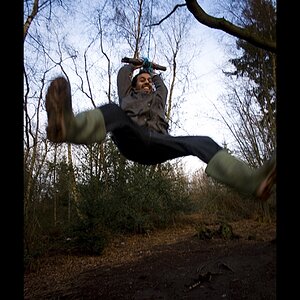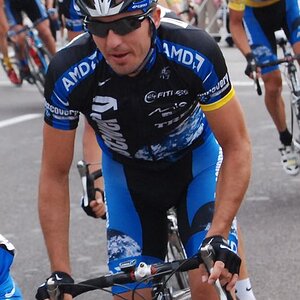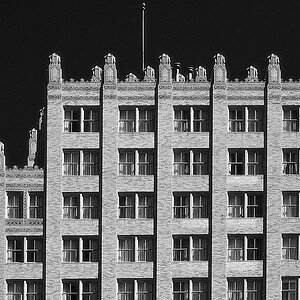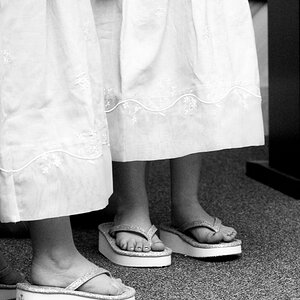cbarnard7
No longer a newbie, moving up!
- Joined
- Jun 25, 2013
- Messages
- 587
- Reaction score
- 211
- Location
- Denver, Colorado
- Can others edit my Photos
- Photos NOT OK to edit
Hi All,
I recently picked up a copy of "Outdoor Photographer" and was interested in something I read.
One photographer (who was talking mostly about landscape photography) said that when he edits, he normally edits how he felt when he was shooting- not necessarily how he saw it. I thought it was pretty interesting because in many cases you'll see someone really feel the need to slide that saturation slider over to get that real warm orange color because that's how they felt when shooting a sunrise. In "real life" however, it may have been half that saturated- but, that warmness sitting outside on a chilly morning until the sun comes out may sway your photo.
Then, there's someone who will see a photo of say, a sunrise, and go, "there's no way it looked like that."
I just thought it was interesting and wondered how many of you edit your photos?
I recently picked up a copy of "Outdoor Photographer" and was interested in something I read.
One photographer (who was talking mostly about landscape photography) said that when he edits, he normally edits how he felt when he was shooting- not necessarily how he saw it. I thought it was pretty interesting because in many cases you'll see someone really feel the need to slide that saturation slider over to get that real warm orange color because that's how they felt when shooting a sunrise. In "real life" however, it may have been half that saturated- but, that warmness sitting outside on a chilly morning until the sun comes out may sway your photo.
Then, there's someone who will see a photo of say, a sunrise, and go, "there's no way it looked like that."
I just thought it was interesting and wondered how many of you edit your photos?


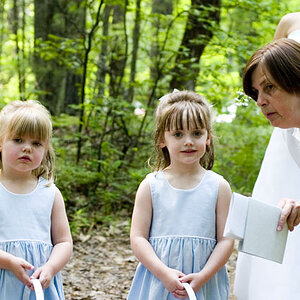
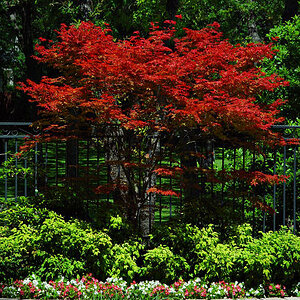
![[No title]](/data/xfmg/thumbnail/1/1592-cfae4a7ea791f96c6e2d03484be2e454.jpg?1619729144)
